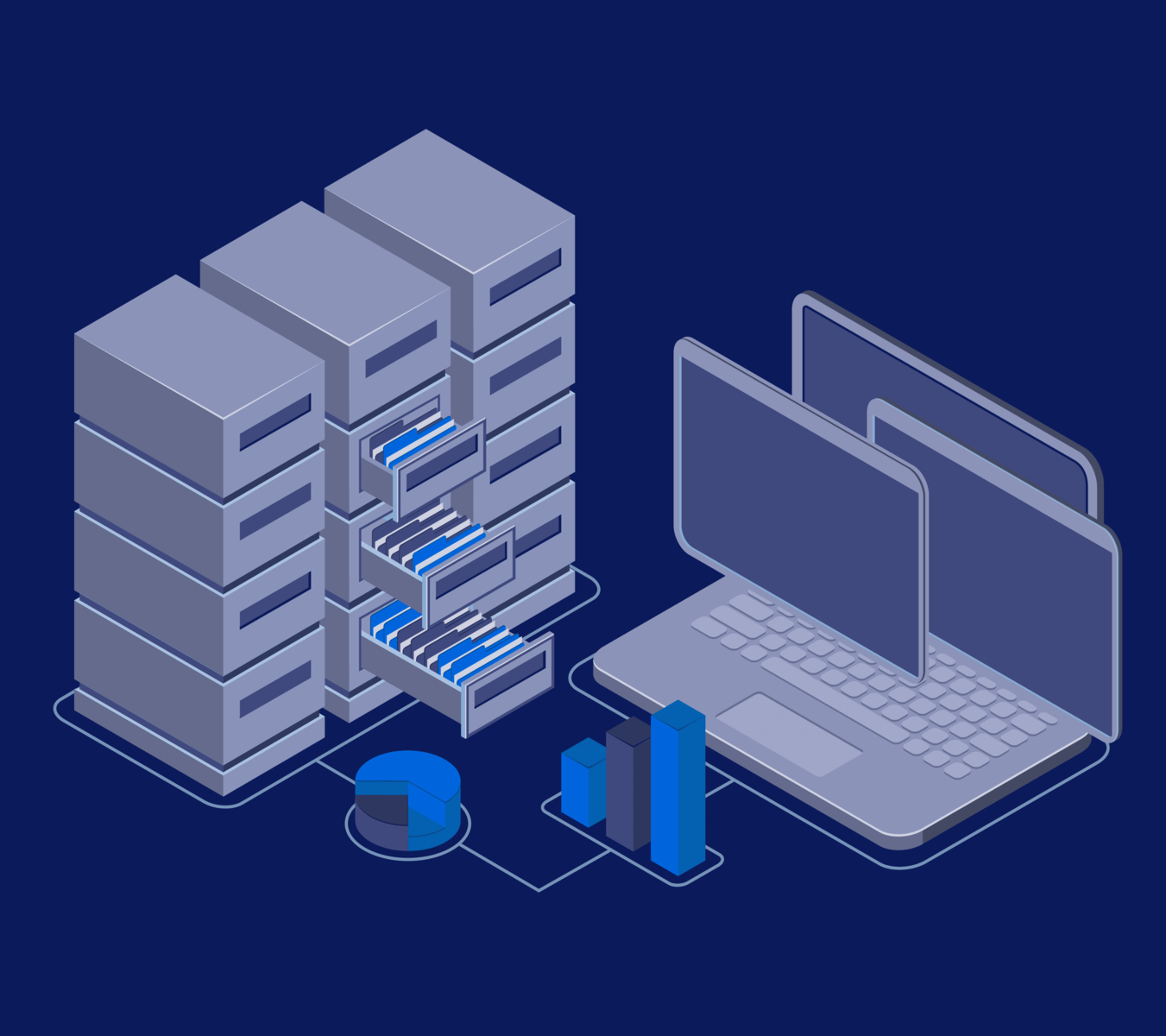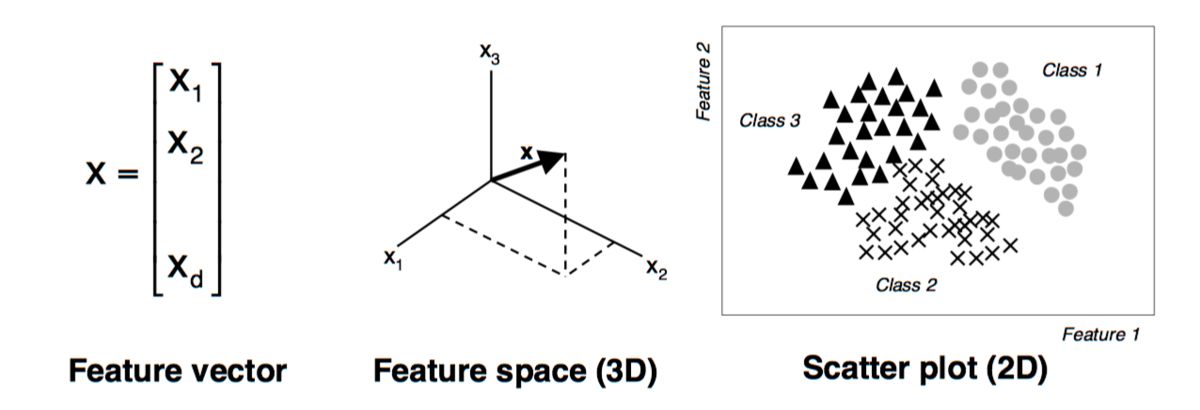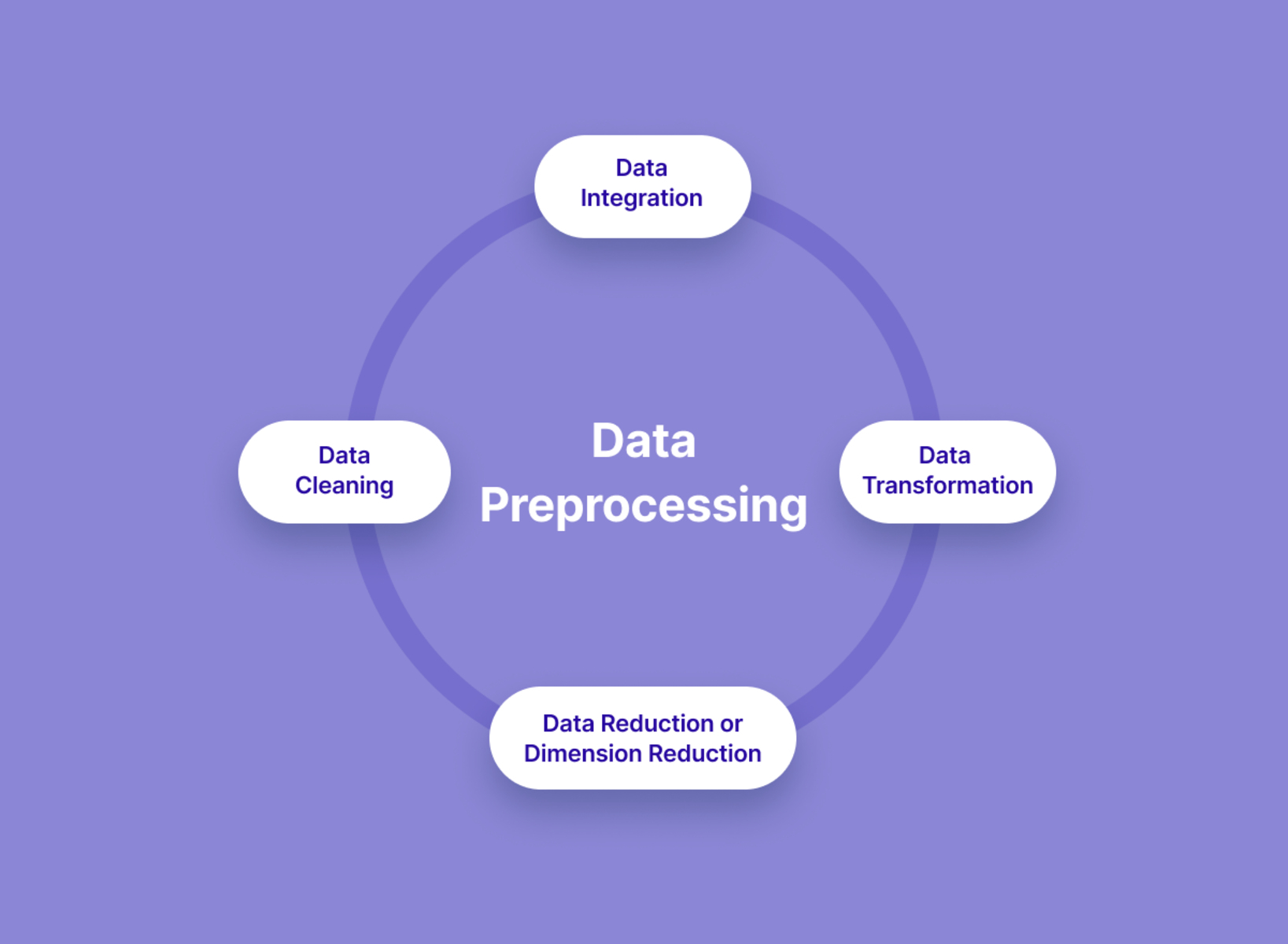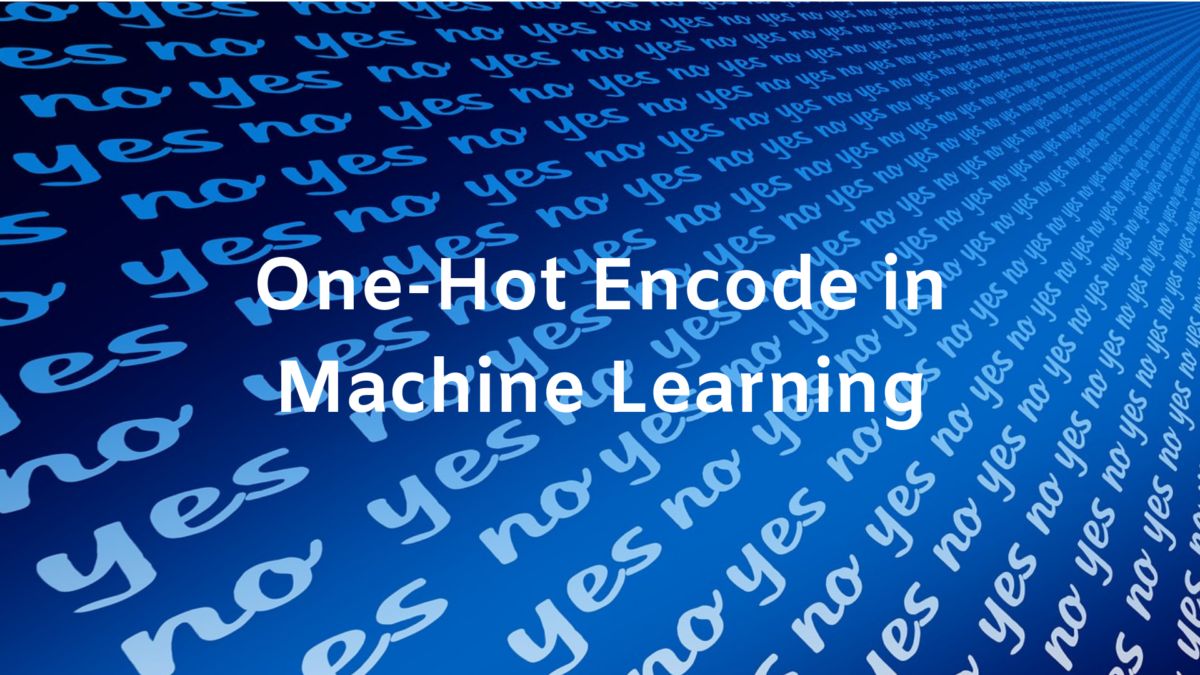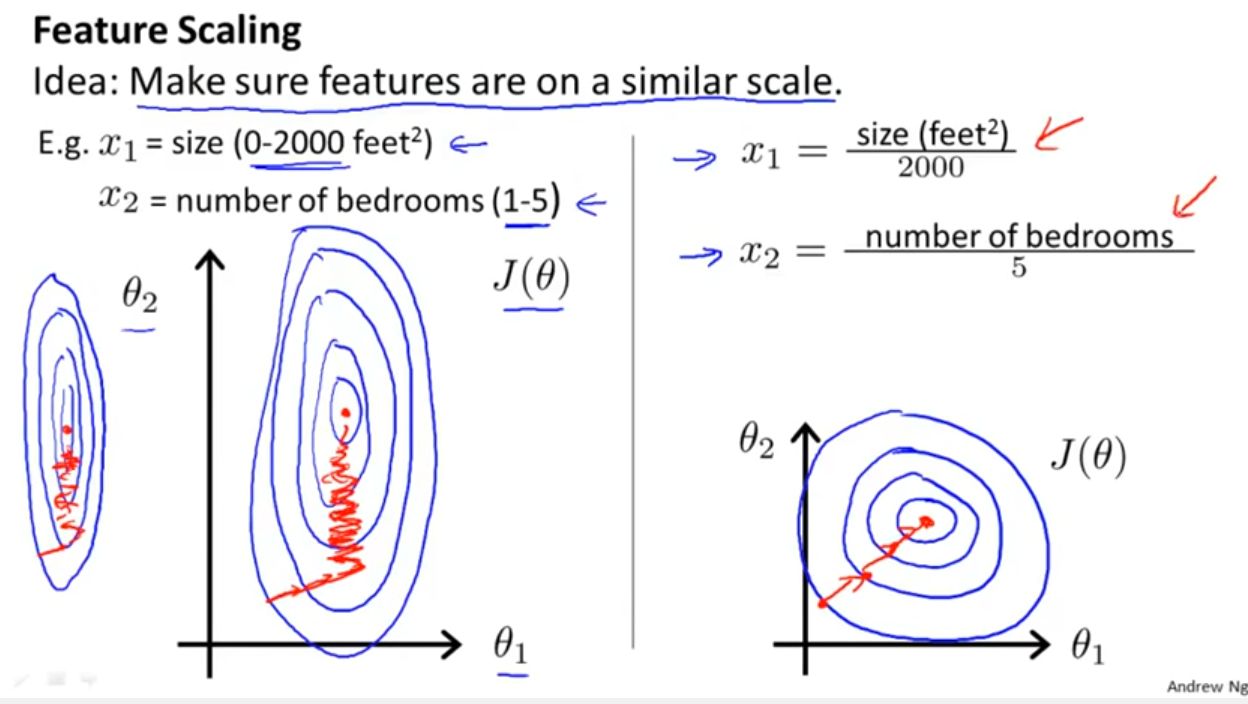Introduction
Machine learning has revolutionized the way we approach various tasks in the field of artificial intelligence. In recent years, deep learning models have gained significant attention and have been successful in solving complex problems in natural language processing, computer vision, and more. One such breakthrough model is the Transformer.
The Transformer is a powerful neural network architecture that has been widely adopted in machine learning due to its ability to process sequential data efficiently. It was first introduced by Vaswani et al. in 2017 and has since become the cornerstone of various state-of-the-art models.
The Transformer differs from traditional recurrent neural networks (RNNs) and convolutional neural networks (CNNs) by utilizing a self-attention mechanism, which allows it to capture dependencies between different words in a sentence or tokens in a sequence. This unique characteristic makes it particularly effective in tasks such as machine translation, language generation, and sentiment analysis.
The primary motivation behind the development of the Transformer was to address the limitations of sequential models in capturing long-range dependencies. Recurrent models suffer from the problem of vanishing gradients, limiting their ability to utilize information from distant words effectively. CNNs, on the other hand, have fixed receptive fields, making them less suitable for capturing global relationships.
In contrast, the Transformer’s self-attention mechanism enables it to consider dependencies between all positions in a sequence. This parallel processing capability significantly speeds up training time while allowing for long-range dependencies to be captured effectively.
Furthermore, the Transformer adopts a multi-head attention mechanism that enables it to focus on different aspects of the input sequence simultaneously. This not only improves the model’s representation power but also enhances its interpretability, as the attention weights provide insight into the relevant parts of the input during inference.
In this article, we will explore the inner workings of the Transformer model, starting with a detailed explanation of the self-attention mechanism. We will then discuss multi-head attention, positional encoding, and the structure of the encoder and decoder stacks within the Transformer architecture. Finally, we will look at the training process and some popular applications of the Transformer in machine learning.
What is Transformer?
The Transformer is a neural network architecture that has taken the field of machine learning by storm. It was introduced by Vaswani et al. in 2017 and has since become one of the most influential models in natural language processing and other related domains.
At its core, the Transformer is designed to process sequential data, such as sentences or sequences of words. Unlike traditional recurrent neural networks (RNNs), which process sequential information sequentially, or convolutional neural networks (CNNs), which have fixed receptive fields, the Transformer utilizes a novel self-attention mechanism to capture relationships between different positions in a sequence.
The self-attention mechanism allows the Transformer to weigh the importance of each word or token in relation to the others in the sequence. This enables the model to understand the context and dependencies between different parts of the input. The unique advantage of self-attention is its ability to capture long-range dependencies efficiently, which was not possible with previous sequential models.
Another key component of the Transformer is the concept of multi-head attention. This means that the self-attention mechanism is applied multiple times in parallel, each with a different learned weight matrix. This allows the model to focus on different aspects of the input sequence simultaneously, improving its representation power and enabling it to capture various relationships within the data.
In addition to the self-attention mechanism, the Transformer incorporates positional encoding. This is necessary to provide the model with information about the order of words or tokens in the sequence, as self-attention alone does not inherently capture positional information.
The architecture of the Transformer consists of encoder and decoder stacks. The encoder stack processes the input sequence and creates a meaningful representation, while the decoder stack generates the output sequence based on the encoder’s representation and the previously generated tokens. This makes the Transformer particularly suitable for tasks like machine translation, where an input sequence needs to be transformed into a different output sequence.
Overall, the Transformer has revolutionized the field of machine learning by introducing a novel approach to processing sequential data. Its ability to capture long-range dependencies, utilize parallel processing, and incorporate positional encoding has made it a powerful model for a wide range of applications. In the next sections, we will delve deeper into the various components of the Transformer and understand how it works in more detail.
How does Transformer Work?
The Transformer is a neural network architecture that operates on sequential data using a unique combination of self-attention and positional encoding. Let’s explore the key components of the Transformer and how they work together to process input sequences.
The first step in understanding the inner workings of the Transformer is to grasp the concept of self-attention. Self-attention allows the model to weigh the importance of each word or token in relation to the others in the sequence. It does this by calculating attention scores, which determine how much each word should contribute to the representation of other words in the sequence. The attention scores are generated based on the similarity between the embeddings of the words.
One major advantage of self-attention is its ability to capture long-range dependencies efficiently. Unlike recurrent neural networks (RNNs) that process information sequentially, the Transformer can consider all positions in the input sequence simultaneously. This parallel processing capability significantly speeds up training time and allows the model to consider dependencies between distant words without being limited by the vanishing gradient problem.
The Transformer also incorporates the concept of multi-head attention. Instead of relying on a single attention mechanism, the model applies self-attention multiple times, each with a different learned weight matrix. This enables the model to focus on different aspects or “heads” of the input sequence simultaneously. By doing so, the Transformer enhances its representation power and captures various relationships within the data.
Another critical aspect of the Transformer is positional encoding. Since self-attention alone does not inherently capture the order of words in a sequence, positional encoding is necessary to provide the model with this information. Positional encoding is typically added to the input embeddings and contains information about the position of each word in the sequence. This allows the Transformer to differentiate between different positions and account for the order of the words.
The Transformer architecture consists of encoder and decoder stacks. The encoder stack processes the input sequence and creates a meaningful representation by applying self-attention and position-wise feed-forward layers. The decoder stack, on the other hand, takes the encoder’s representation and generates the output sequence while attending to both the encoder’s representation and the previously generated tokens.
By utilizing self-attention, multi-head attention, and positional encoding, the Transformer excels in various natural language processing tasks such as machine translation, language generation, and sentiment analysis. Its ability to capture long-range dependencies and effectively process sequential data has made it a go-to choice for many state-of-the-art models in the field of machine learning.
Self-Attention Mechanism
The Self-Attention mechanism is at the heart of the Transformer’s ability to process sequential data efficiently. It allows the model to capture dependencies between different words or tokens in a sequence by weighing their importance in relation to each other.
At its core, the Self-Attention mechanism consists of three main steps: calculating query, key, and value vectors, computing attention scores, and finally aggregating the values using the attention weights.
To calculate the query vector, the input sequence is linearly transformed into a new representation using a trainable weight matrix. Similarly, the key and value vectors are obtained by applying separate linear transformations to the input sequence. These transformations allow the model to learn different embeddings for the query, key, and value vectors, enabling it to capture different aspects of the input.
Once the query, key, and value vectors are obtained, the attention scores are computed by taking the dot product between the query and key vectors. The dot product measures the similarity between the words in the sequence, with higher scores indicating higher levels of importance or relevance.
The attention scores are then scaled by the square root of the dimension of the key vectors to mitigate the effects of diminishing gradients. Afterward, a softmax function is applied to the scaled scores to obtain attention weights, ensuring that the weights sum up to one for each query vector. These attention weights determine how much each word or token contributes to the final representation of the sequence.
Finally, the values are aggregated using the attention weights. This is done by scaling each value vector by its respective attention weight, and then summing up the weighted values. The resulting representation captures the important information from the input sequence, giving more weight to the relevant words while downplaying the less important ones.
The Self-Attention mechanism’s strength lies in its ability to consider dependencies between all positions in the sequence simultaneously. Unlike traditional recurrent models that process sequences sequentially or convolutional models that have fixed receptive fields, Self-Attention offers a parallel processing capability. This parallelism not only speeds up training but also allows the model to capture long-range dependencies effectively.
Overall, the Self-Attention mechanism is a key component of the Transformer architecture. It provides the model with the ability to weigh the importance of each word in relation to the others, allowing it to capture complex relationships within the input sequence. By leveraging Self-Attention, the Transformer has proven to be highly successful in various applications that involve processing sequential data, such as machine translation and text generation.
Multi-Head Attention
The Multi-Head Attention mechanism is a crucial component of the Transformer architecture that enables the model to focus on different aspects or “heads” of the input sequence simultaneously. By applying self-attention multiple times in parallel, the Transformer enhances its representation power, capturing various relationships within the data.
In the Multi-Head Attention mechanism, the input sequence is transformed into query, key, and value vectors, similar to the Self-Attention mechanism. However, instead of applying a single attention mechanism, the model performs multiple attention operations in parallel, each with its own learned weight matrix.
By having multiple heads, the Transformer has the capability to attend to different parts of the input sequence simultaneously. Each attention head learns to focus on different aspects or relationships within the data, allowing the model to capture different types of information.
The output of each attention head is then concatenated and linearly transformed, resulting in the final output of the Multi-Head Attention mechanism. This aggregated representation contains information from multiple perspectives, increasing the model’s capacity to understand complex patterns and dependencies in the input.
The number of attention heads in the Multi-Head Attention mechanism is a hyperparameter that can be tuned. Increasing the number of attention heads allows the model to capture more fine-grained relationships within the data. However, a higher number of attention heads also increases the computational complexity of the model.
In addition to improving representation power, the Multi-Head Attention mechanism also enhances the interpretability of the model. The attention weights from each head provide insight into the relevant parts of the input sequence during inference. This interpretability is valuable in natural language processing tasks, as it enables researchers and practitioners to analyze and understand how the model generates predictions.
The Multi-Head Attention mechanism, combined with the Self-Attention mechanism and positional encoding, forms the backbone of the Transformer architecture. It empowers the model with the ability to capture both local and global dependencies within the input sequence, leading to impressive performance in various tasks such as machine translation, sentiment analysis, and language generation.
Overall, the Multi-Head Attention mechanism allows the Transformer to leverage multiple perspectives on the input sequence, enhancing its representation power and interpretability. By attending to different aspects simultaneously, the Transformer becomes a highly effective and versatile model for a wide range of machine learning applications.
Positional Encoding
Positional Encoding is a crucial component of the Transformer architecture that enables the model to incorporate the order or position of words in a sequence. Since the Transformer primarily utilizes self-attention for processing sequential data, positional encoding is necessary to provide the model with information about the temporal or spatial relationships between the words.
The challenge with self-attention is that it does not inherently capture positional information. It treats the words in the sequence as a set rather than a sequence with a specific order. To address this limitation, positional encoding is introduced to the input embeddings of the Transformer.
Positional encoding is typically represented as a sinusoidal function of the position within the input sequence. Each dimension of the positional encoding corresponds to a specific frequency, with lower frequencies representing the global position and higher frequencies capturing finer-grained local variations in position.
The addition of the positional encoding to the input embeddings helps distinguish words with the same token embeddings but different positions in the sequence. This allows the model to differentiate between words that have similar meanings but play different roles based on their positions, such as subject and object in a sentence.
The sinusoidal nature of positional encoding not only provides the model with position information but also ensures that it is continuous and can be extrapolated to sequences of arbitrary lengths. This is crucial as the Transformer can handle input sequences of variable length, making it flexible and adaptable to different tasks and datasets.
By combining the input embeddings with positional encoding, the Transformer can effectively process sequential data while preserving the order of words. This is particularly important in tasks such as machine translation and text generation, where the output sequence needs to be coherent and maintain the same order as the input sentence.
It should be noted that positional encoding is added only once during the preprocessing stage and does not change during the training process. This is because the self-attention mechanism captures the positional relationships between words and updates the representation accordingly during the forward pass.
In summary, positional encoding plays a crucial role in the Transformer architecture by incorporating positional information into the model’s input embeddings. By combining self-attention with positional encoding, the Transformer can effectively capture long-range dependencies and process sequential data while maintaining the order and coherence of the input sequence.
Encoder and Decoder Stacks
The Transformer architecture consists of two main components: the encoder stack and the decoder stack. Together, these components enable the model to process input sequences and generate output sequences for tasks such as machine translation and text generation.
The encoder stack is responsible for processing the input sequence and creating a meaningful representation. It comprises multiple identical layers, each of which consists of a self-attention mechanism followed by a position-wise feed-forward network. The self-attention mechanism captures dependencies between different positions in the input sequence, while the feed-forward network applies a non-linear transformation to the intermediate representation.
Each layer in the encoder stack receives the output representation from the previous layer and applies the self-attention mechanism and the position-wise feed-forward network independently. This layer-wise processing allows the model to capture different levels of information and build a hierarchical representation of the input.
At the end of the encoder stack, the final representation is obtained, which captures the context and information from the entire input sequence. This representation is then passed on to the decoder stack.
The decoder stack takes the encoder’s final representation as input and generates the output sequence. Similar to the encoder stack, it consists of multiple layers, with each layer containing a self-attention mechanism, a multi-head attention mechanism, and a position-wise feed-forward network.
The self-attention mechanism in the decoder stack allows the model to attend to previously generated positions in the output sequence during the generation process. This enables the model to take into account both the input context and the information it has generated so far to make accurate predictions.
The multi-head attention mechanism in the decoder stack attends to the encoder’s output representation and the previously generated positions in the output sequence. This allows the decoder to align the input with the generated output and make informed decisions during the generation process.
The final layer of the decoder stack produces the output sequence by applying a linear transformation followed by a softmax function. The output sequence is generated autoregressively, where each token is generated based on the previously generated tokens and the attended context from the encoder stack.
The encoder and decoder stacks together constitute the core of the Transformer model. By leveraging self-attention, multi-head attention, and position-wise feed-forward networks, the Transformer can effectively process sequential data and generate accurate and coherent output sequences. Its ability to capture long-range dependencies and incorporate both input context and generated output make it a powerful tool in various natural language processing tasks.
Training a Transformer
Training a Transformer involves optimizing its parameters to minimize a specific loss function. This process relies on a combination of techniques, including backpropagation, optimization algorithms, and data preprocessing.
Preprocessing is an essential step in training a Transformer for sequential data. This typically involves tokenizing the input sequence into individual words or subwords and converting them into numerical representations called embeddings. The embeddings capture the semantic meaning of the words and serve as the input to the Transformer model. Additionally, the input sequence is padded or truncated to a fixed length to ensure consistent input size across examples.
During training, a batch of input sequences, along with the corresponding target sequences, is fed into the Transformer. The target sequences serve as the “gold standard” output that the model aims to generate. The embedding of the special token [START] is initially provided as the input to the decoder stack, and the model is trained to predict the next token in the target sequence at each time step.
Backpropagation is used to compute the gradients of the loss function with respect to the parameters of the Transformer. The gradients are then used to update the parameters using an optimization algorithm, such as stochastic gradient descent (SGD) or Adam. The learning rate, a hyperparameter, determines the step size of the parameter updates and plays a crucial role in finding the optimal parameter values.
In addition to the loss function, the Transformer may also employ regularization techniques to prevent overfitting. Regularization methods like dropout or weight decay can be applied to the parameters to reduce the model’s sensitivity to specific input patterns and improve generalization performance.
The training process is typically performed over multiple epochs, where each epoch consists of iterating through the entire training dataset. During training, the model’s performance is evaluated using validation data at regular intervals, allowing for early stopping if the model fails to improve or starts to overfit the training data.
Training a Transformer requires significant computational resources and time, especially for large-scale models or datasets. GPUs or specialized hardware accelerators are commonly used to speed up the training process. Additionally, techniques such as gradient accumulation and parallelization across multiple devices can be employed to further enhance efficiency.
Overall, training a Transformer involves preprocessing the input data, defining a loss function, optimizing the parameters using backpropagation and an optimization algorithm, and regularizing the model to improve generalization. With careful tuning and training, the Transformer can learn to effectively process sequential data and generate accurate and meaningful outputs.
Applications of Transformer in Machine Learning
The Transformer architecture has revolutionized the field of machine learning and has found numerous applications in various domains. Its ability to efficiently process sequential data and capture long-range dependencies has made it a go-to choice for many state-of-the-art models. Let’s explore some of the key applications of the Transformer in machine learning.
Machine Translation: One of the most popular applications of the Transformer is machine translation. The model can take an input sentence in one language and generate the corresponding translation in another language. The self-attention mechanism in the Transformer enables it to consider all positions in the input sequence and capture the necessary context for accurate translation.
Text Generation: The Transformer has shown remarkable capabilities in text generation tasks. It can generate coherent and contextually relevant sentences, making it useful in applications such as chatbots, story generation, and language modeling. The multi-head attention mechanism allows the model to attend to different parts of the input sequence, improving the quality and diversity of the generated text.
Question Answering: The Transformer has found success in question answering tasks, where given a specific question and a context or passage, it generates the corresponding answer. The model leverages its self-attention mechanism and multi-head attention to attend to relevant information in the context and generate accurate answers based on the question.
Sentiment Analysis: Sentiment analysis, which involves determining the sentiment or emotion expressed in a piece of text, is another area where the Transformer has been effectively applied. By leveraging its self-attention mechanism, the model can identify key words and phrases related to sentiment, allowing for accurate sentiment classification or sentiment-aware text generation.
Natural Language Understanding: Transformers have also been widely used in natural language understanding tasks, such as named entity recognition, part-of-speech tagging, and semantic role labeling. The model’s ability to capture complex dependencies between words and its hierarchical representation learning make it effective in understanding and extracting meaningful information from natural language text.
Image Captioning: Although initially designed for sequential data, the Transformer has also been adapted for multi-modal tasks, such as image captioning. By combining visual features with textual inputs and leveraging the self-attention mechanism, the Transformer can generate descriptive and accurate captions for images.
The applications of the Transformer in machine learning extend beyond the examples listed here. This versatile architecture has been applied to a wide range of tasks, including speech recognition, recommendation systems, document summarization, and more. Its flexibility, effectiveness, and ability to capture dependencies across long sequences have solidified its place as one of the most powerful models in the field of machine learning.
Conclusion
The Transformer architecture has transformed the field of machine learning with its unique ability to process sequential data efficiently. By incorporating the self-attention mechanism, multi-head attention, positional encoding, and encoder-decoder stacks, the Transformer has revolutionized various tasks in natural language processing and beyond.
With its self-attention mechanism, the Transformer model can capture dependencies between different positions in a sequence, enabling it to effectively capture long-range dependencies. The multi-head attention mechanism further enhances the model’s representation power by allowing it to attend to different aspects of the input sequence simultaneously.
The addition of positional encoding ensures that the Transformer retains information about the order of words in the sequence. This positional information is essential for tasks such as machine translation and text generation, where maintaining the coherence and order of the output sequence is crucial.
The encoder and decoder stacks in the Transformer architecture work in tandem to process the input sequence and generate the output sequence. The encoder stack creates a meaningful representation of the input sequence, while the decoder stack uses this representation along with self-attention and multi-head attention to generate accurate and contextually relevant output.
The applications of the Transformer in machine learning are vast and varied. From machine translation and text generation to sentiment analysis and natural language understanding, the Transformer has proven to be a powerful tool in tackling complex tasks involving sequential data.
In conclusion, the Transformer architecture has reshaped the landscape of machine learning by introducing an efficient and effective approach to processing sequential data. Its unique features, such as self-attention, multi-head attention, and positional encoding, have propelled the model to the forefront of many cutting-edge research and practical applications. With its ability to capture long-range dependencies, process complex sequences, and generate meaningful outputs, the Transformer stands as a testament to the power of innovative neural network architectures in advancing the field of artificial intelligence.









